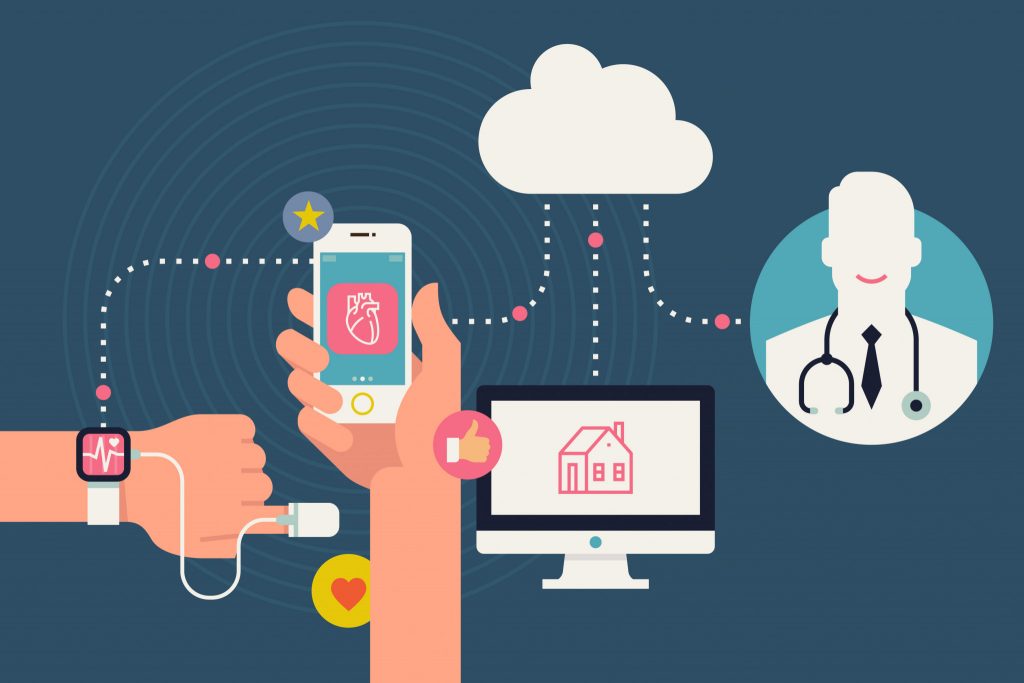By Jon Lee-Davey, Health Lead for Vodafone IoT
There is increasing appetite across the healthcare industry to deploy smart devices and other technology to help improve all aspects of health, particularly medical adherence. There has been a shift in focus from simply treating illness, towards patient aftercare and well-being, and industry professionals are turning to technology as a solution. Poor medical adherence currently costs an estimated $290 billion a year in the US, with statistics from the UK’s National Institute for Health and Care Excellence (NICE) showing that a third to a half of all medicines prescribed for long-term conditions are not taken as recommended.
The effects of poor medical adherence have been long standing, but now the industry is looking to utilise technology and connectivity to address these problems. Solutions such as smart packaging and connected devices could be the key to this. Connected technologies can provide doctors and carers with an accurate measure of whether patients are following their treatment regimes as well as directly involving the patient to effectively manage their own health. IoT platforms are now in the process of simplifying and accelerating the development of new solutions by connecting technical components like devices to hosting and analytics.
Addressing the adherence issue
Adherence is an issue that impacts across the spectrum of care. Recent statistics show that lack of medical adherence leads to 125,000 deaths per year and accounts for 68% of all medical-related hospital admittance in the US. For example, if patients with high blood pressure followed treatment as per the guidelines, up to 89,000 premature deaths could be prevented each year in the US. In addition, it has been estimated that there are 194,500 deaths a year in the EU due to lack of adherence. Medical adherence is a complex topic with many identified reasons why patients may not follow their treatments across the three key stages of initiation, implementation and persistence.
At the initiation stage, 20-30% of patients do not start their treatment or collect their prescription. Potential reasons for this include cost, lack of understanding of the benefits or why the treatment is needed, concerns about the side effects or limited availability of medicines.
During the implementation stage, patients can simply forget to take their medication or become overwhelmed by complex dosing regimes, with many patients needing to take multiple medications at different times of the day.
Finally, at the persistence stage, it is increasingly common for patients to stop treatment early without consulting their doctor if their symptoms have subsided, or if they experience side effects that they think outweigh the benefits of the medication. For example, nearly one-third of patients who suffered from heart attacks do not continue with their prescribed medication six months after a cardiac arrest.
Changing adherence behaviours through connectivity
Connectivity will play a vital role in helping drive a change in behaviour and attitudes towards treatment and prescriptions. The good news for organisations is that IoT devices are becoming more advanced and cheaper to make, making smart adherence more accessible for the industry. New technologies such as secure low power networks (e.g. NB-IoT), secure cloud services and application development platforms give organisations in this sector the tools needed make the most of longer battery life and the ability to create tailor-made applications.
An IoT-enabled adherence platform utilising the cloud, data analytics and smart devices will connect patients and clinicians at each stage of the treatment journey, making a more personalised experience for individuals to help improve adherence. For example, smart drug delivery devices such as inhalers that provide immediate feedback on how and when to take medication with reminders sent through to patients’ smartphones, combined with information from other wearables and smart devices, will provide invaluable information for practitioners, as well as improve adherence. This level of communication can create more personal and impactful messages to patients, such as: “You reduced your chances of getting better by 20%” instead of telling them: “You took eight out of ten tablets”. This method reinforces the importance of taking medicine in the right way and puts more onus onto the patients themselves to remain responsible for their own treatment. As data analytics becomes more sophisticated, changing prescriptions remotely without the need for a clinical referral may also be possible in the future.
Smarter healthcare
When it comes to the future of the industry, IoT-enabled adherence is has the potential to make an impact. Patients, will have better access to their data on their own adherence, meaning they can take better charge of their health and treatment. Meanwhile, connectivity and the gathering of data in health care also offers clinicians access to a wealth of information that will allow them to make diagnoses more effective and accurate, prescribing the best possible treatments for patients.

